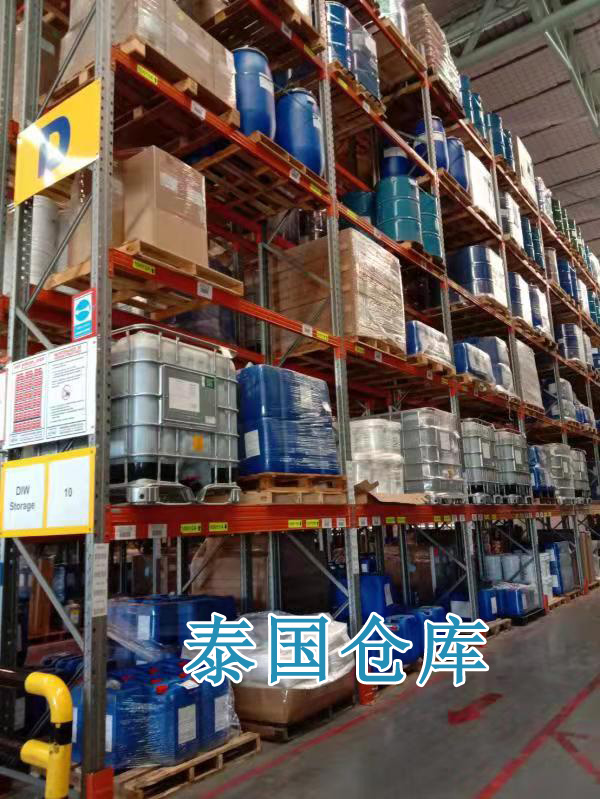EU Organotin Compounds Directive (2009/425/EC)
Directive name: EU Organotin Compounds Directive
Regulation number: 2009/425/EC
Effective date: June 1, 2009
Main content
On May 28, 2009, the EU adopted Directive 2009/425/EC to further restrict the use of organotin compounds. on June 1, 2009, Appendix VXII of REACH replaced Appendix I of 76/769/EEC, but the contents of both are consistent. Therefore, although Directive 76/769/EEC has been repealed, its provisions are still valid, only transferred to the list of substances restricted by REACH.
For the restrictions on organotin compounds, the EU has previously issued 89/677/EEC, 1999/51/EC and 2002/62/EC, which stipulates that organotin mixtures used as biocides in free association paint (free association paint) cannot be sold on the market. The revised Organic Tin Compounds Directive is based on Article 21 of Appendix I of the original 76/769/EEC Directive. The following contents have been added:
● Tri-substituted organotin compounds From July 1, 2010, tri-substituted organotin compounds with a tin content of more than 0.1 wt%, such as tributyltin (TBT) and triphenyltin (TPT), are not allowed to be used in articles.
● Dibutyl (DBT) compounds Effective January 1, 2012, DBT compounds containing more than 0.1 wt% tin may not be used in mixtures or articles supplied to the public. The following articles or mixtures supplied to the public may be exempt from this restriction until January 1, 2015:
— One- and two-component room temperature vulcanization (RTV) sealants (RTV-1 and RTV-2 sealants) and adhesives;
— articles that act as catalysts, whose paints and coatings contain DBT compounds;
— soft polyvinyl chloride (PVC) profiles, whether inherently soft or co-extruded with hard PVC;
— fabrics for outdoor use, the surface of which is covered with PVC containing DBT compounds as a stabilizer;
— Pipes, drains and appliances for outdoor rainwater, and roof and sidewall covering materials.
— This regulation also does not apply to materials and articles regulated by Regulation (EC) No 1935/2004 of the European Parliament and of the Council of 27 October 2004 on materials and articles in contact with foodstuffs.

● Dioctyl (DOT) compounds
As of January 1, 2012, DOT compounds containing more than 0.1 wt% tin shall not be used in the following articles supplied to or used by the public:
— Textiles designed to come in contact with skin;
— gloves;
— shoes or corresponding parts of shoes designed to come into contact with skin;
— wall and roof coverings;
— child care products;
— feminine hygiene products;
— diapers;
— two-component room temperature vulcanization molds (RTV-2 molds).
Uses and destructive properties of organotin compounds
Organotin was first used as a preservative for natural items, and one of its typical uses was to brush on the outside of the hull of ships to prevent the growth of marine life such as shellfish. However, the International Maritime Organization (IMO) recognized the environmental and biological hazards caused by tributyltin (TBT), and the IMO Marine Environment Protection Committee called for a worldwide ban on the use of organometallic tin as a biocide in ship anti-fouling systems by January 1, 2003. Tributyltin (TBT) is also used mainly for the preservation of textiles and wood products. The environmental and human health hazards of organotins include the potential for endocrine disruption in humans. Organotins are mainly used in toy manufacturing as fungicides and mildew inhibitors for textiles, wood, leather and other materials, and as stabilizers for plastics.
Most of these compounds have three main uses in textiles: PVC heat stabilizers, catalysts, and insecticides.
Both mono- and bi-based stannins are widely used as heat stabilizers in the processing of polyvinyl chloride (PVC). The primary use of these stabilizers is to reduce polymer degradation during high temperature processing. The major tin stabilizers used include dimethyltin (DMT), dibutyltin (DBT), and dioctyltin (DOT).
2. Catalysts The most common use of organotin compounds is to accelerate chemical reactions, particularly the polymerization of polyamides, polyesters, and silicone resins. The most common organotin catalyst is dibutyltin (DBT). As a curing catalyst, the largest use of dibutyltin (DBT) is in ethane coatings and polyurethane foam production. Dibutyltin (DBT) can also be used (e.g., in polyester production) for esterification reactions and ester exchange reactions.

3. pesticide organic tin compounds are commonly used as antifoulants, fungicides, insecticides, and active ingredients in fungicides. Dibutyltin (DBT) is sometimes used in hosiery, footwear, and sportswear to prevent bad odors caused by perspiration because of its antibacterial properties. Due to its high potential toxicity, this use has been phased out.
Harmful effects of organotin compounds on humans
The use of organotin compounds has received significant attention in recent years. The use of organotin compounds in consumer products has been shown to be hazardous to human health, especially in children. Published hazards to human health include:
1. Potential hazards to the liver and kidneys
2, potential damage to biochemical processes (such as hematopoietic mechanisms)
3, potential damage to enzyme systems.

